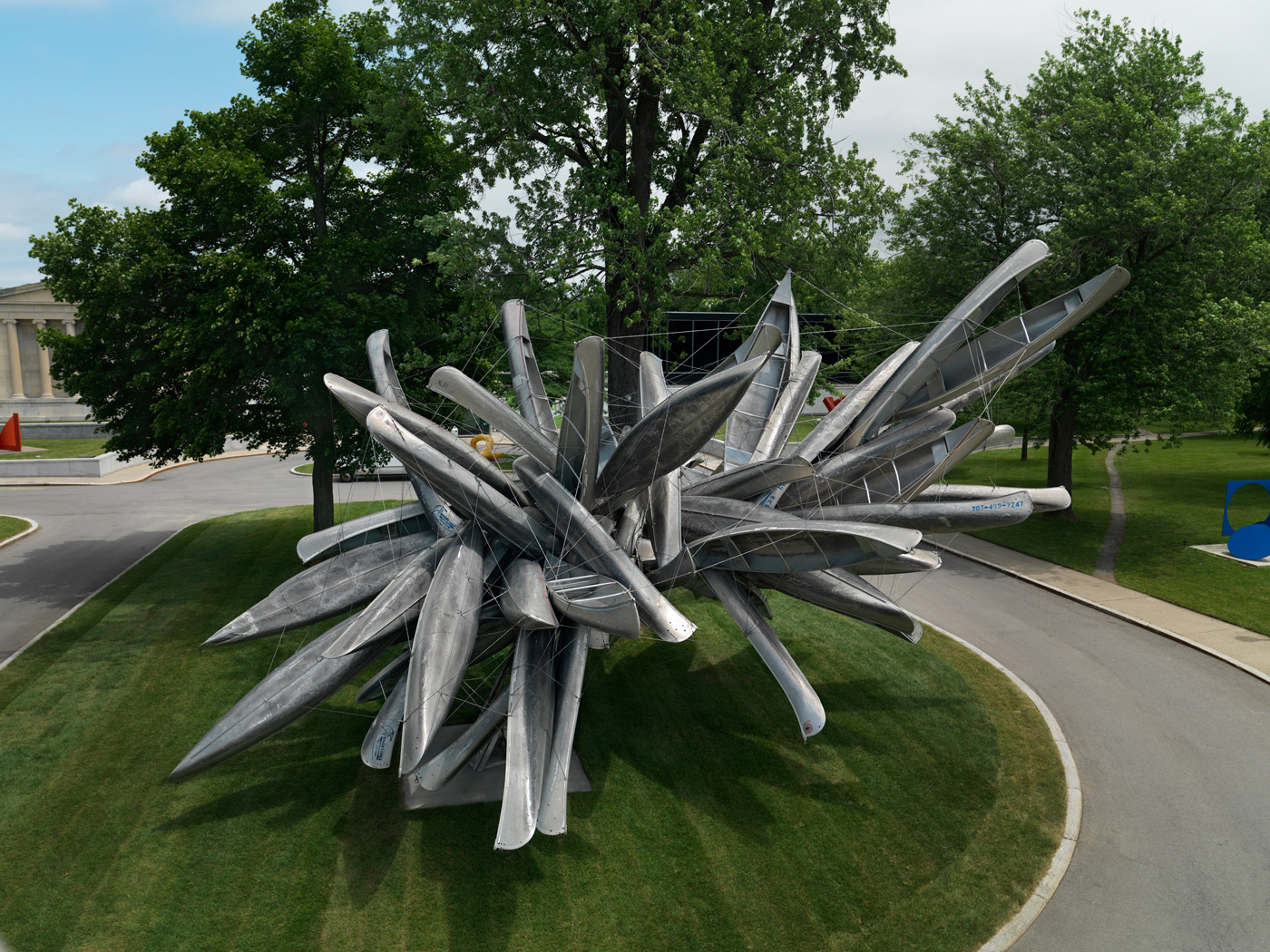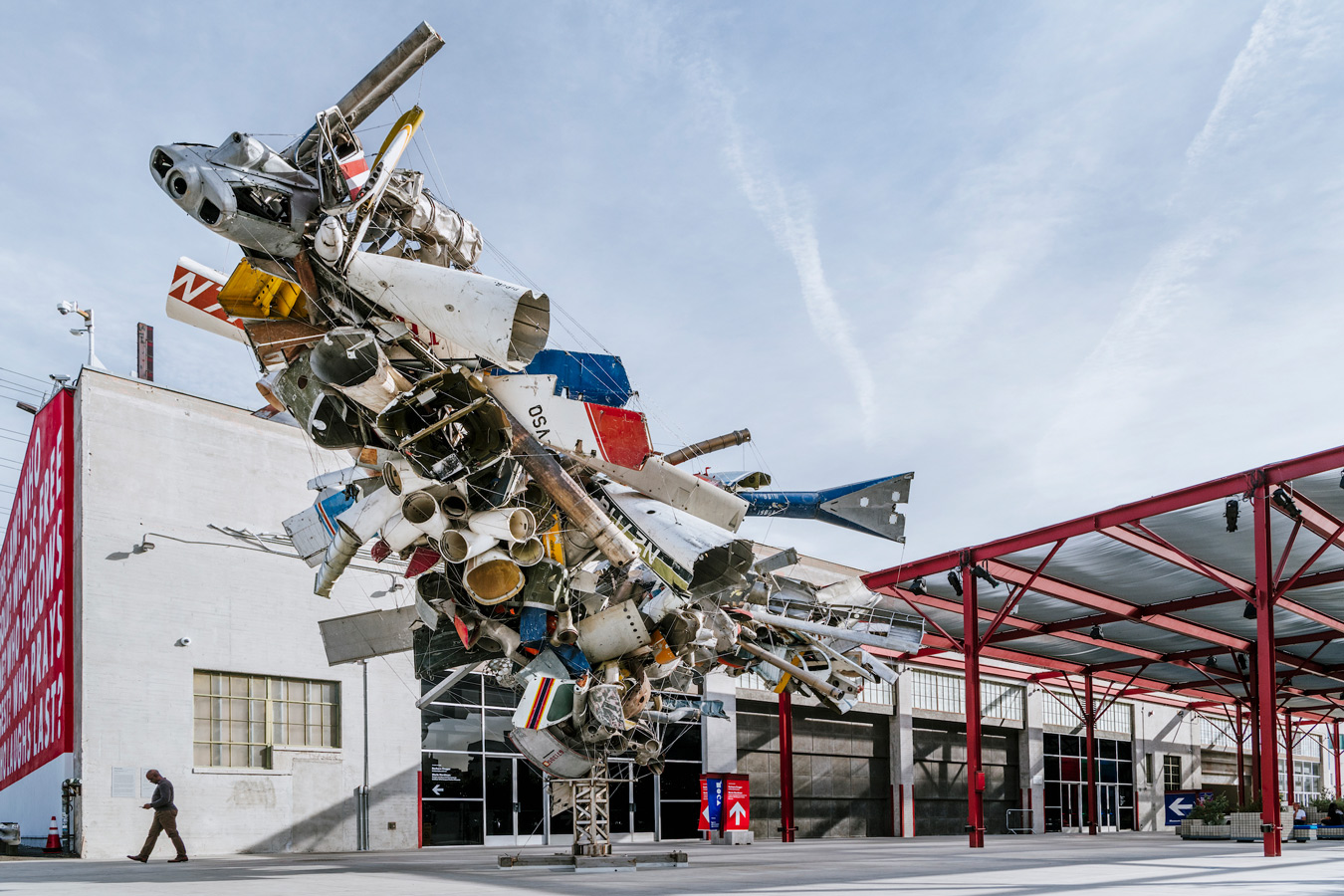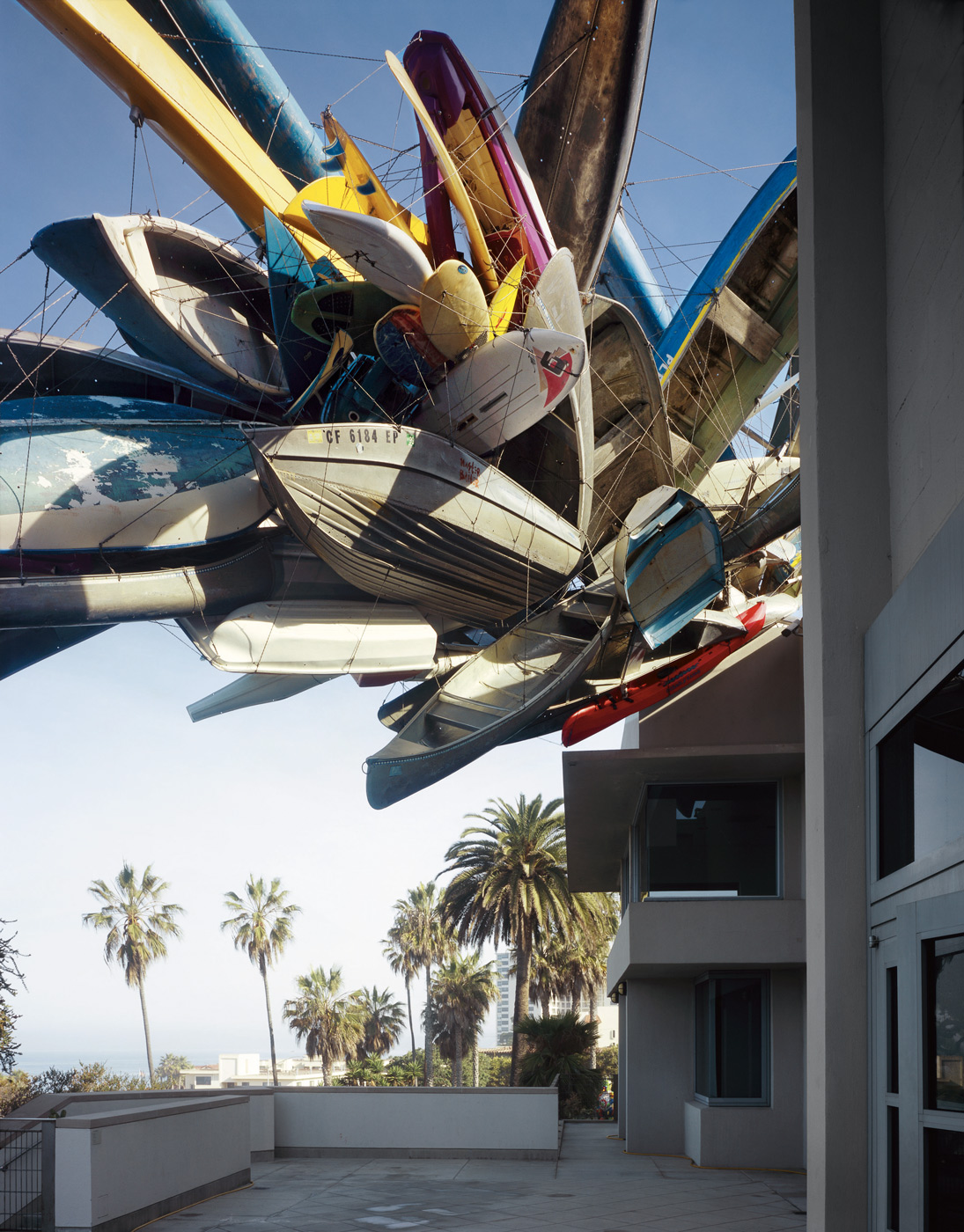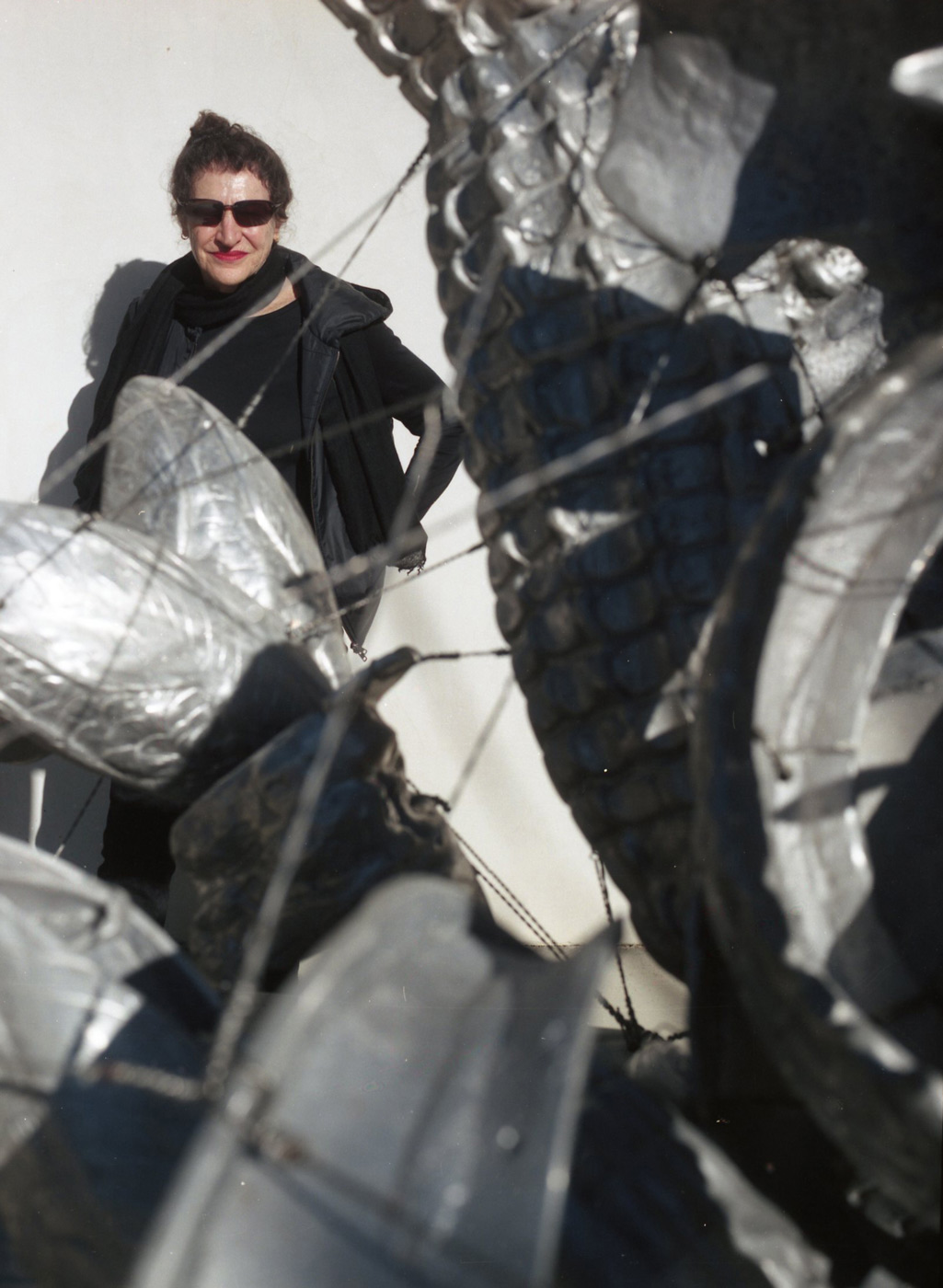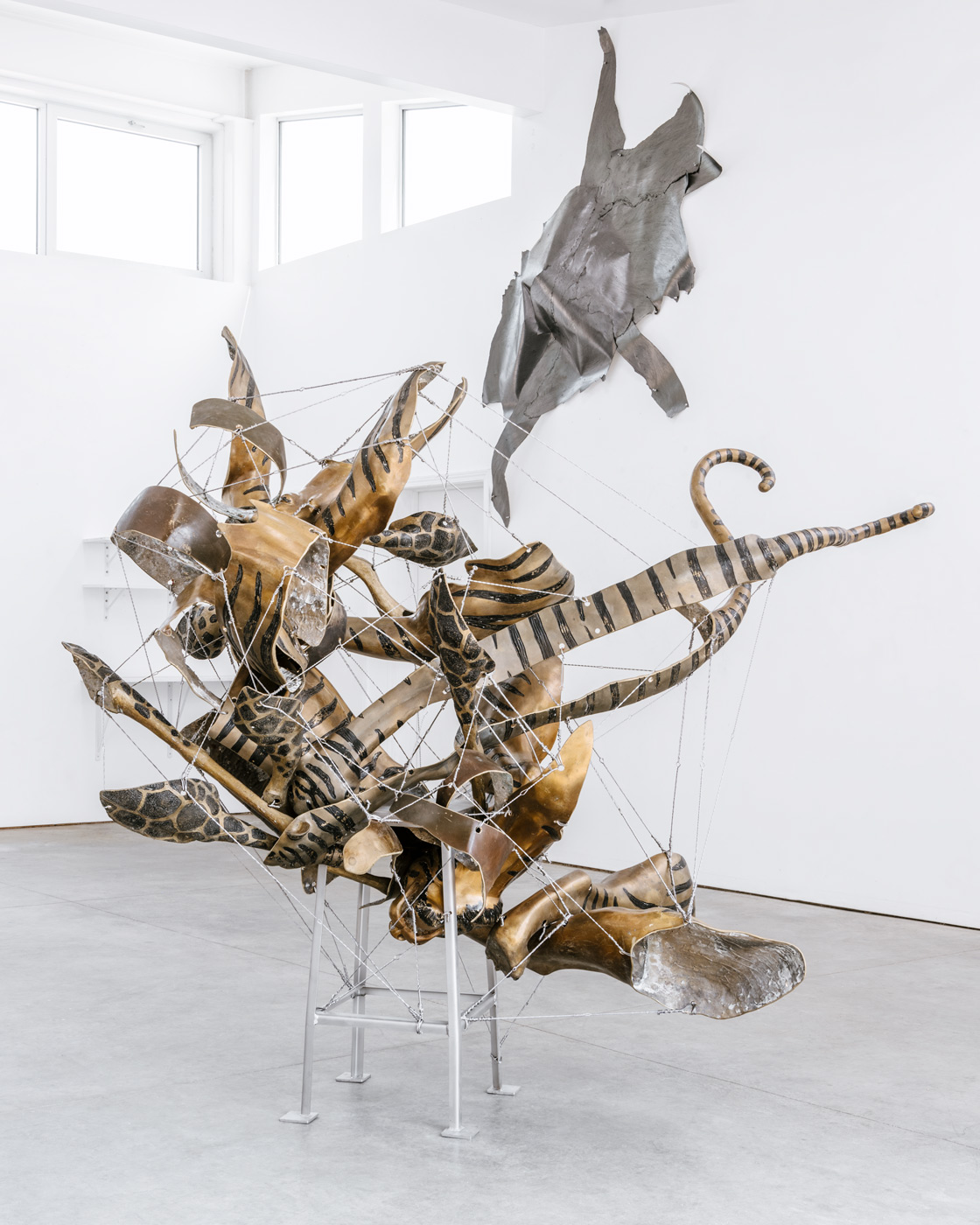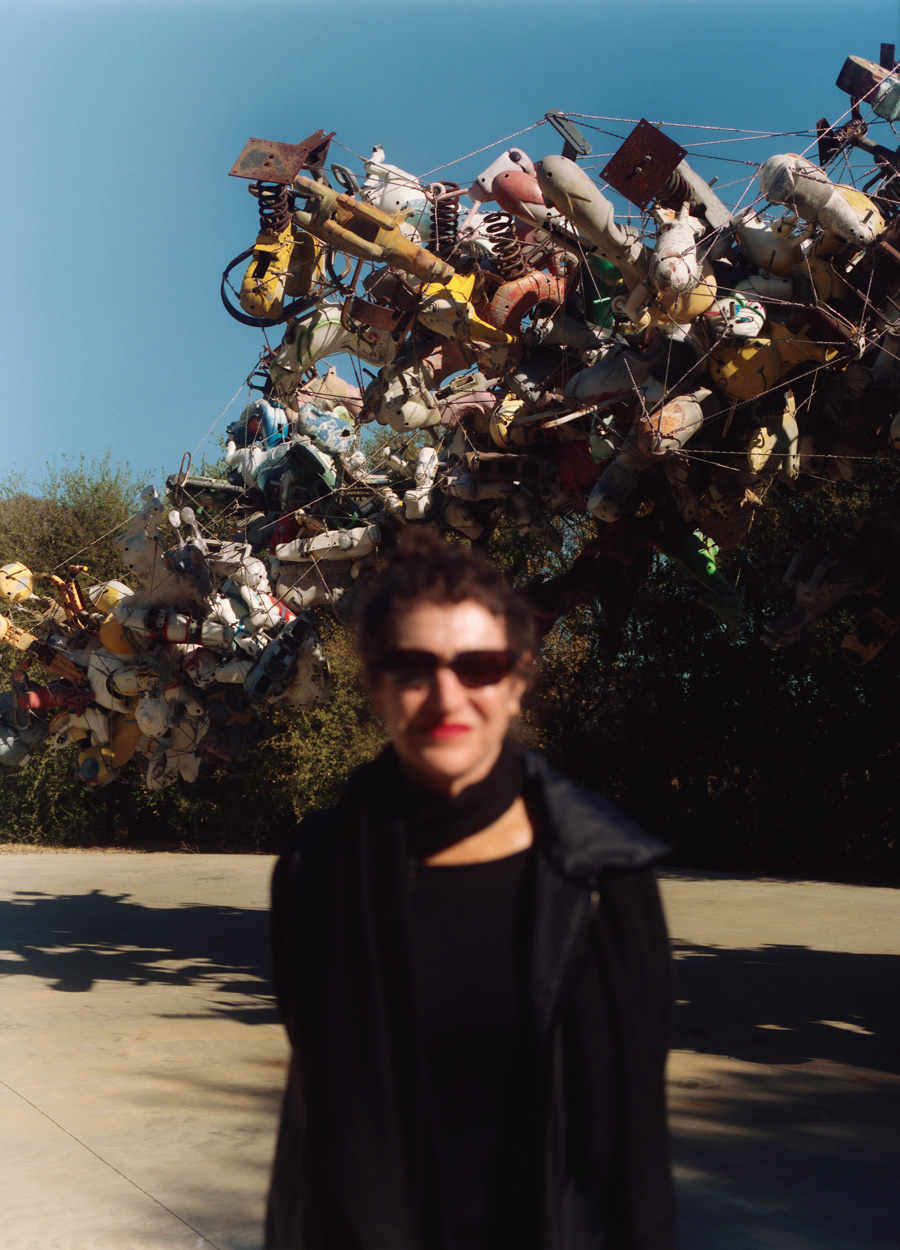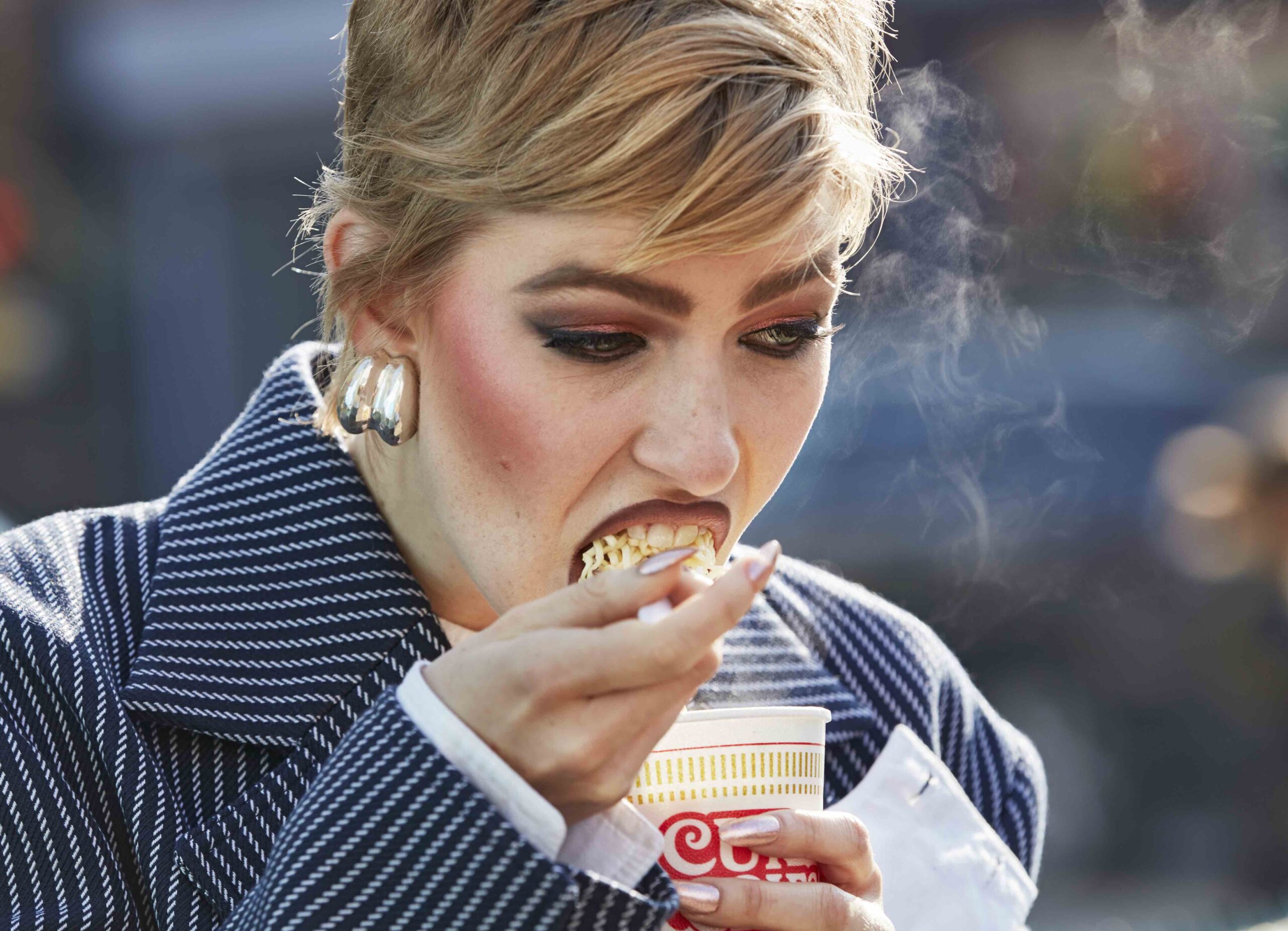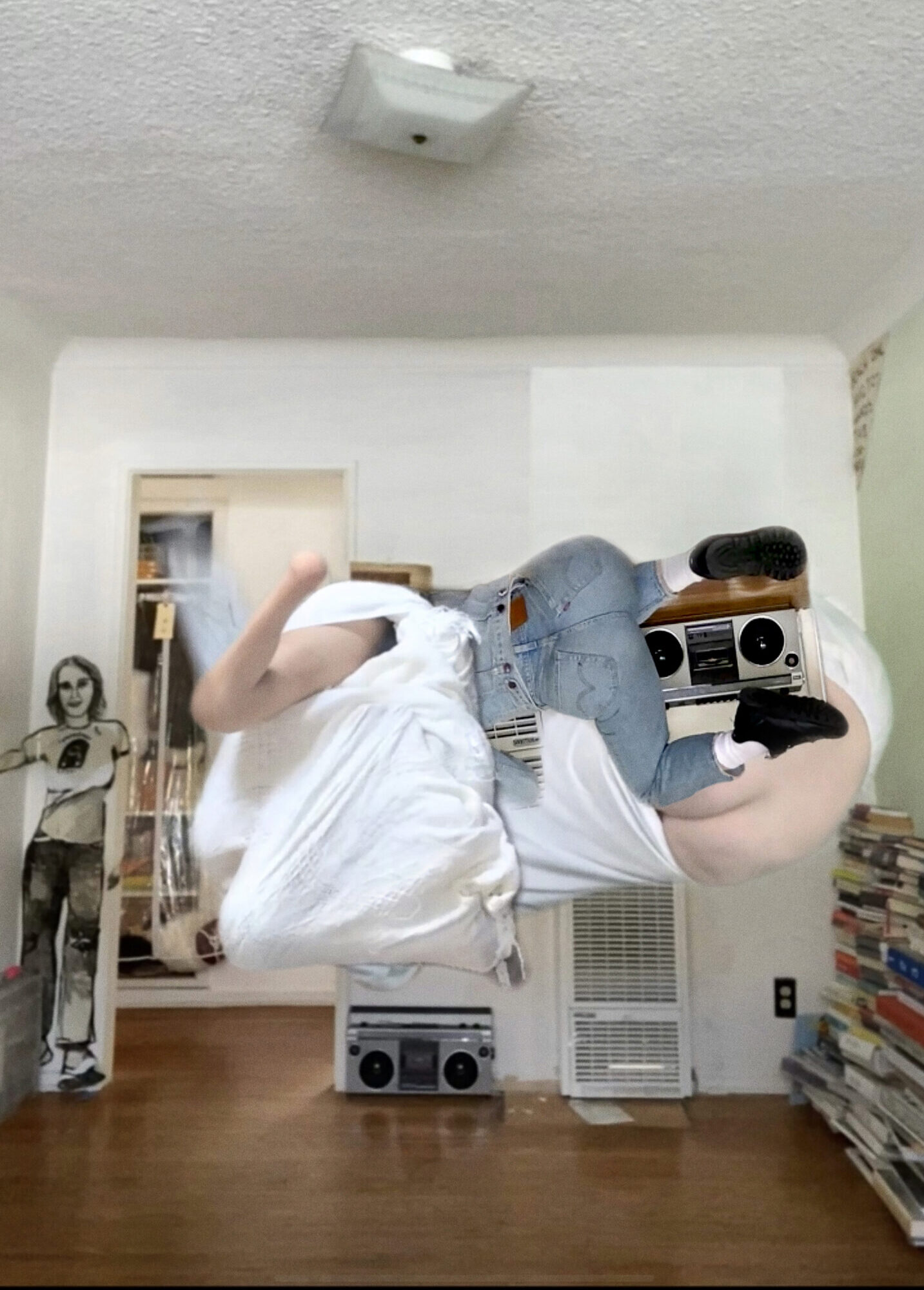“The materials I use for my sculptures have existed for eons. Their life cycles are more prolonged than human time,” the California based artist explained to MUSE magazine just after the opening of her year-long exhibition at Chicago’s Art Institute: Our Friend Fluid Metal (on view through fall 2022). We discussed this and her impressive practice, whose employ has been perfected over the nearly five decades she’s been developing it and which incorporates an engineering principle called tensegrity. From her sprawling property in Topanga Canyon where she’s resided since the 1980s, she works on her sculptures and drawings. The final result is the precise and awe-inspiring balance between compression and tension.
PS Tell me about the interconnectedness of your work, where the ideas of time and space come into play.
NR My sculpture provides a framed moment of a specific time and place. Using found objects as the basic components of my sculptures serves as a visual reference that humans have created and recreated objects based on perceived need – whether aluminum airplanes or aluminum playground animals for children. When thinking about the history of the elements in the found objects I use – like aluminum, brass or iron – they have gone through cycles of different forms, even preplanetary; I just happened to have come across them when they are in a specific form. Compression, expansion and gravity are the forces that bind these elements.
PS You’ve described your drawings, their marks on paper, as a collection of energy. Can you elaborate on this?
NR I use graphite pencil on rag paper to form my drawings, and the marks are densely layered in rivers and waves. The paper takes on the marks and develops sheen, texture, and odd spatial depth that the viewer cannot see all at once. Seeing it from different angles, the drawing exposes its different aspects to the viewer as they walk around. The marks take a fair amount of time to apply, but the paper is attached to the wall with push pins very quickly, developing a three-dimensional form. The drawings have always felt like a kind of a battery to me of stored energy.
PS How is your work touched by a geological and cosmic relationship to material and time?
NR The materials I use for my sculptures have existed for eons. Their life cycles are more prolonged than human time.
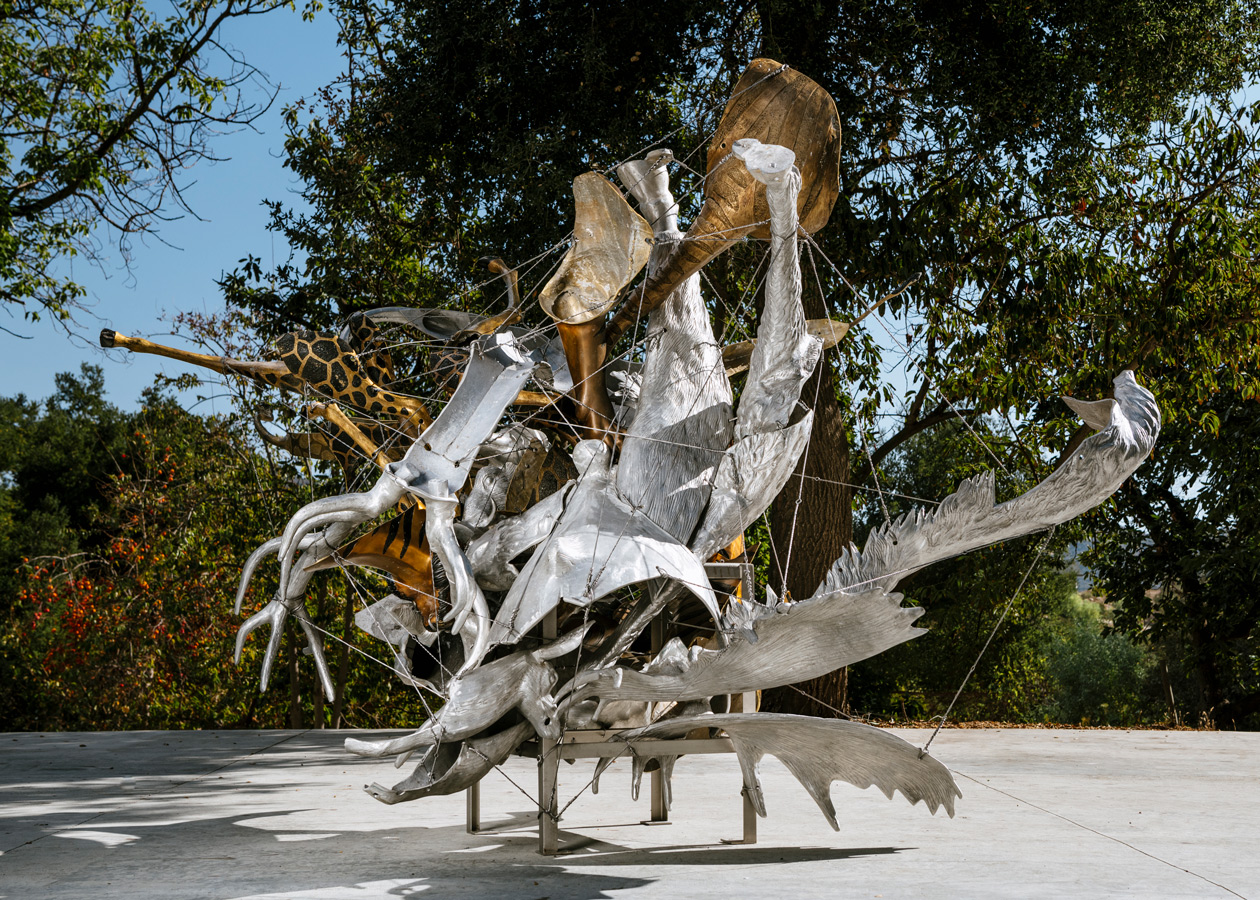
I think that time and space are experienced by each of us uniquely and differently, but I do think that time as marked by human history is cyclical.
PS What are your thoughts on time and space? Is time cyclical?
NR I think that time and space are experienced by each of us uniquely and differently, but I do think that time as marked by human history is cyclical.
PS Living in Topanga like you do, are you drawn to the history of the area? The disparate lives (and deaths) and works created there? Any in particular stand out?
NR Topanga has always felt like home, even when I first moved there. I’m drawn to its natural surroundings. The earth seems raw and energized and ever changing. The vast land, the changing weather patterns, the birds and other animals that share the land, and the desert plants and flowers – all of this is continually interesting to me, and where I feel I belong.
Read the full interview on Muse February Issue.
